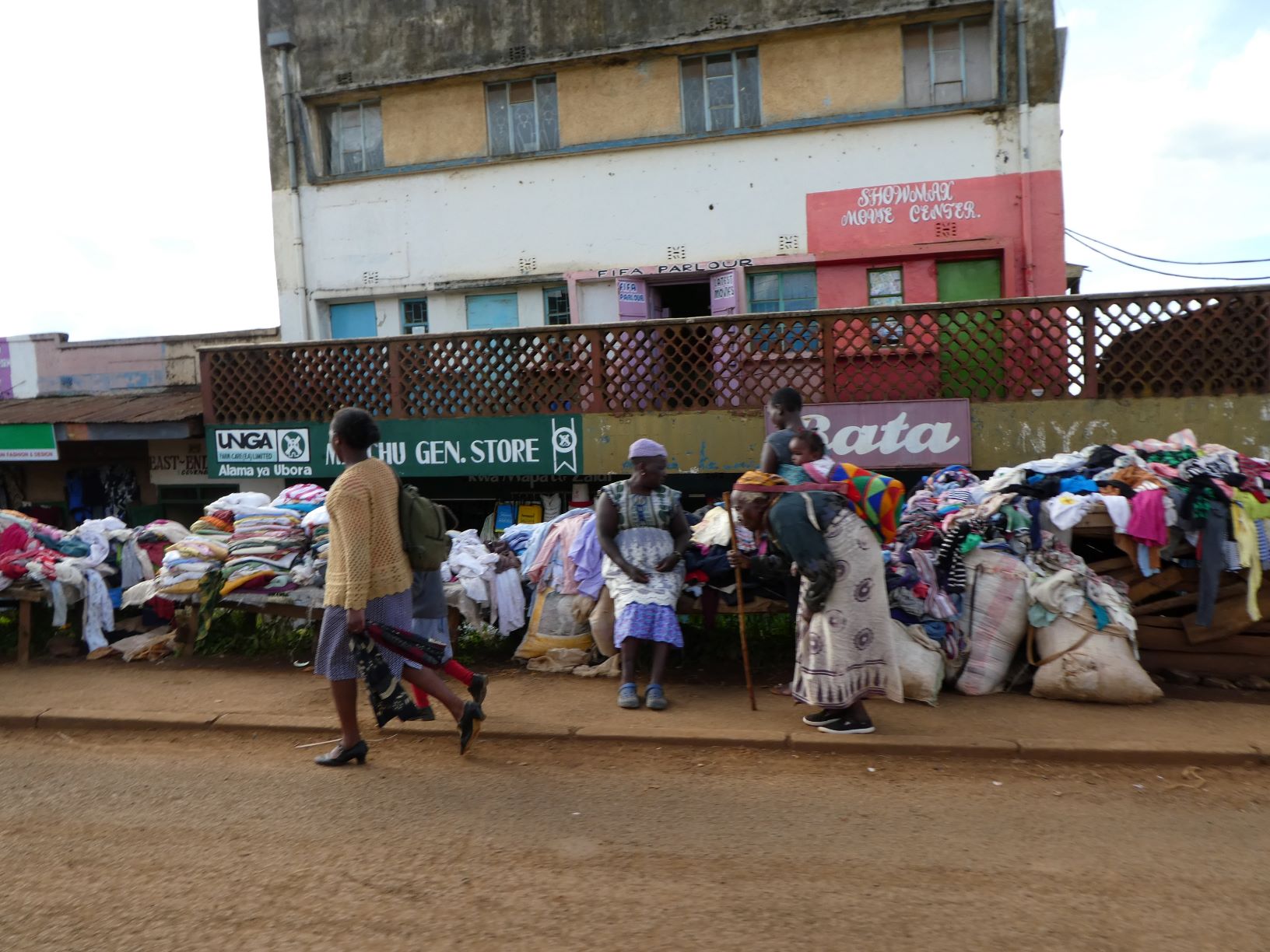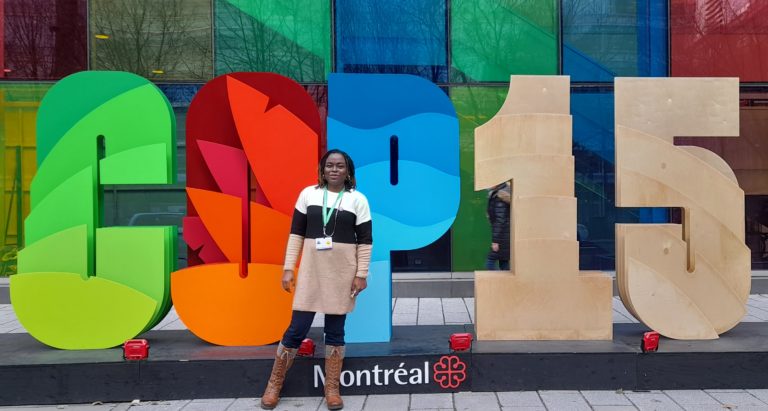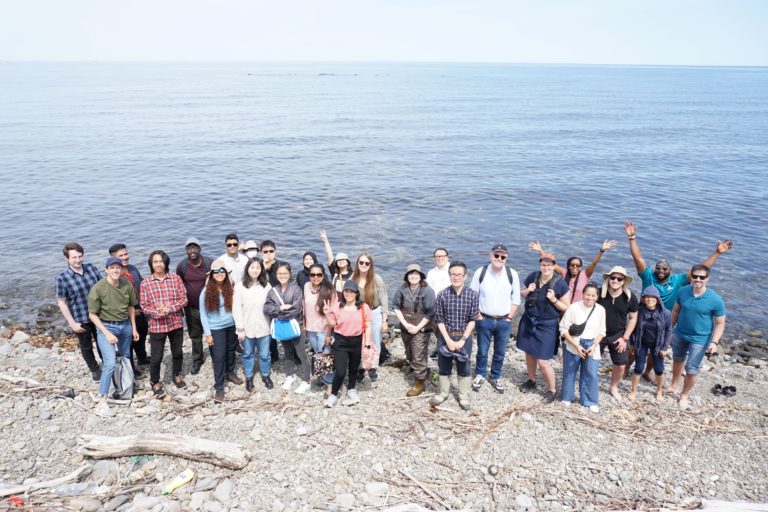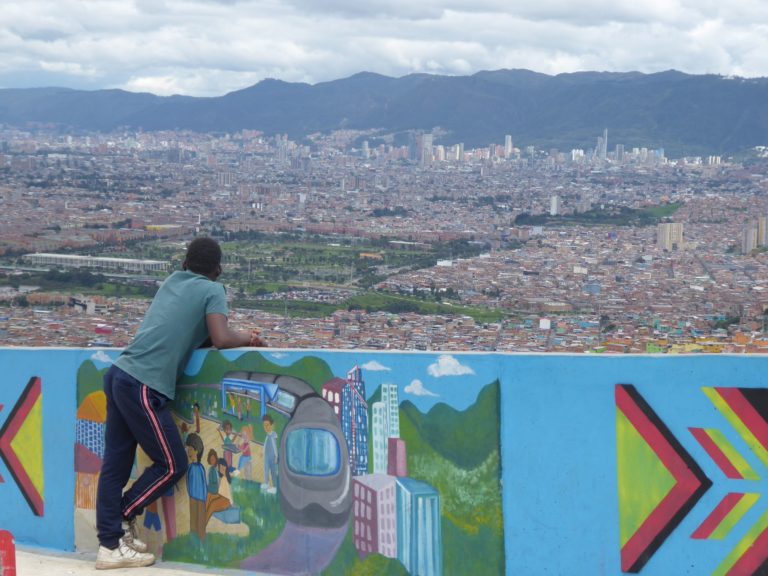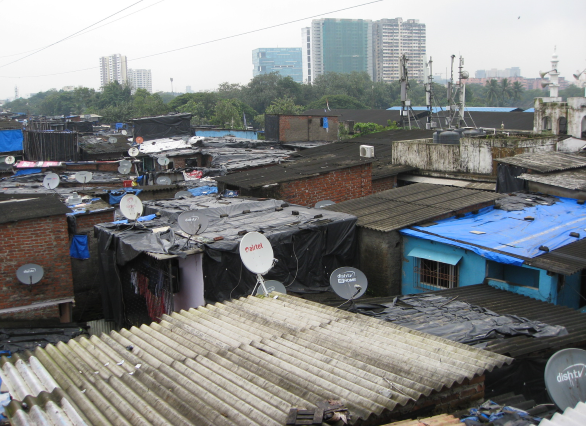Giant gecko: Endangered treasure in the uninhabited Islets of Cape Verde
Blog post by Katelene Delgado*)
When you think of the uninhabited Islands of Cape Verde, you probably immediately imagine large sandy beaches, blue sea and sun. However, the Raso and Branco Islets, both belonging to Cape Verde, look a bit different. There is an even greater treasure in these islets: the Cape Verde giant gecko (Tarentola gigas), an endemic species. This species is one of the most charismatic species of geckos in this archipelago, as it has the largest size in comparison to other species of geckos in the country.
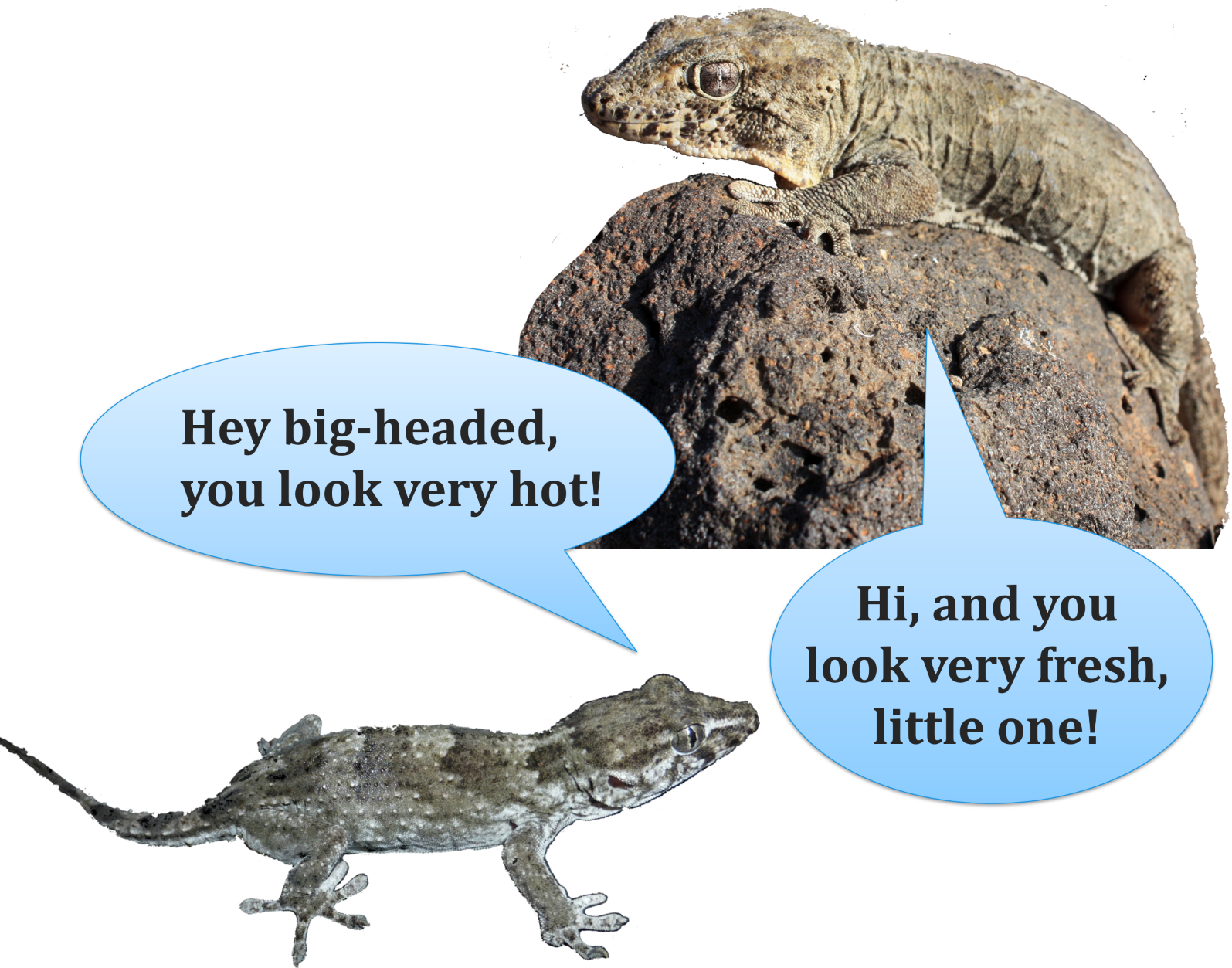
Fig.1: Subspecies geckos. Photos adapted from Raquel Vasconcelos
Introducing Tarentola gigas brancoensis and Tarentola gigas gigas
Currently, the only two surviving subspecies of this gecko are exclusively living on the Branco and Raso Islets. In the Branco islet, we have the Tarentola gigas brancoensis, with a comparatively smaller body size and weight than Tarentola gigas gigas, the subspecies in the Raso Islet. The former species lives under sandy blocks, at low altitudes along the rocky coast, in pits and fissures of volcanic rocks, and in the sandy ravines of gravel and shells, along the southern coast.
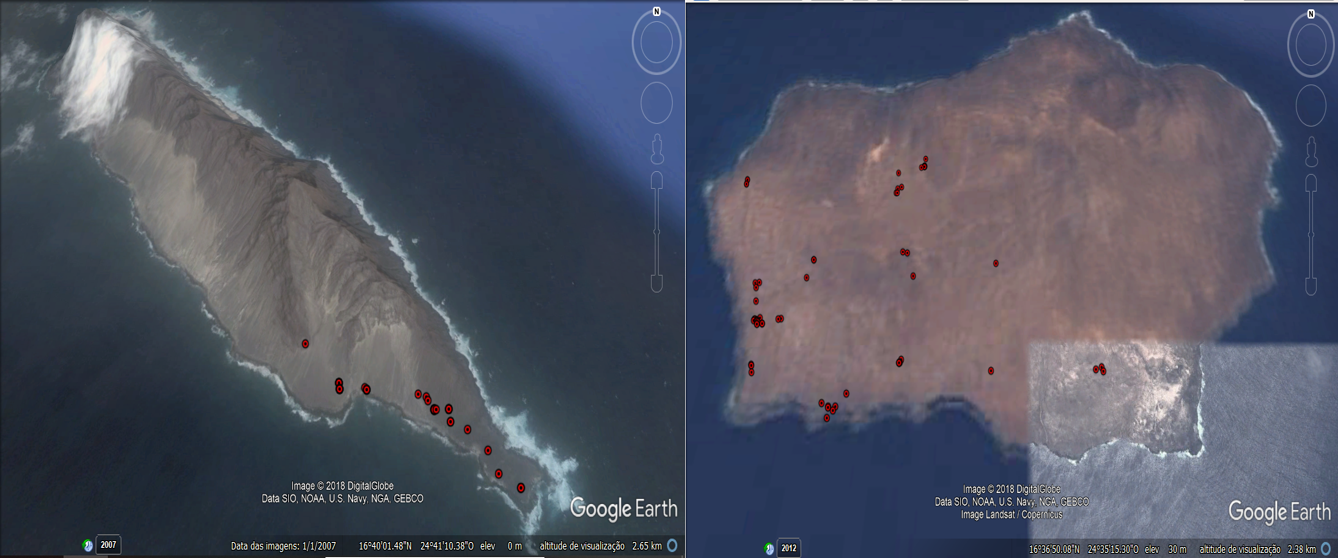
Meanwhile, the Tarentola gigas gigas inhabits the low-altitude areas of the shoreline, mainly in the southern part of the islet, in cliff holes occupied by seabirds. The Raso Islet has a lower topography providing better mobility conditions for these geckos. As the heavy and large animal tends to move on smooth plains and gentle hills, steeper terrain such as those on Branco Islet may be too big a challenge. Geography and food availability play an important role in the morphological diversification of these species, as the head of the T. g. gigas is significantly larger than that of T. g. brancoensis, which in contrast has longer snouts.
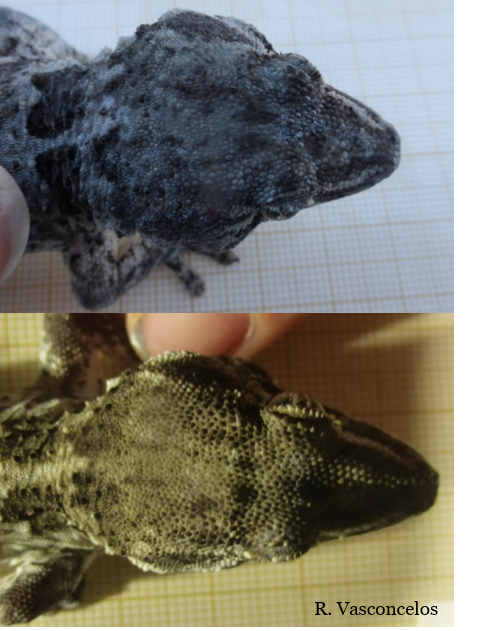
Raso: different climatic conditions
The Raso islet has a much drier climate compared to the Branco islet. This is due to the lack of altitudinal gradient which prevents the retention of moisture and the development of shaded and/or wind-protected niches. Hence, geckos in Raso eat tougher drier foods like chitinous invertebrates and/or more fibrous plants. Having a larger head thus allows for a stronger bite force that makes it possible to feed on this diet.
Geckos at risk
Geckos are an important component of the food web in some ecosystems. In India, they are used in making traditional medicines to cure diseases like HIV and diabetes (https://bit.ly/3aN5zLn). Following the IPBES global assessment report (see https://ipbes.net/global-assessment) geckos are one of the million animal species at risk of extinction. According to the Cape Verde Red List as well as the International Union for Conservation of Nature (IUCN) Red List, the gecko species is endangered, and threatened by natural disasters such as drought, climate change, changes in dynamics of native species, human disturbance, and introduction of exotic predator species. The foregoing therefore highlights the need for more adequate and efficient protection measures to safeguard geckos in these islets.
*) The author, Katelene Delgado, is a student of the West African Biodiversity and Ecosystem Services (WABES, www.wabes.net) graduate programme. This study was supervised by Raquel Vasconcelos e Evandro Lopes. The author has a background in biological sciences, environment and fisheries and her research interests are mostly environmental protection/conservation, computational biology and statistics.

